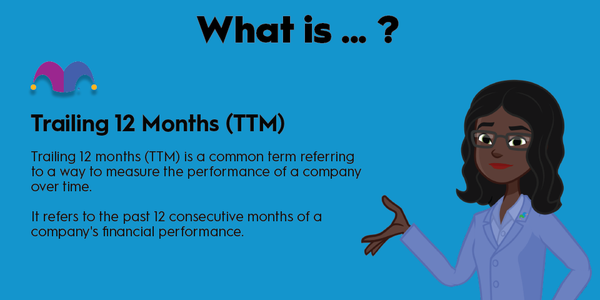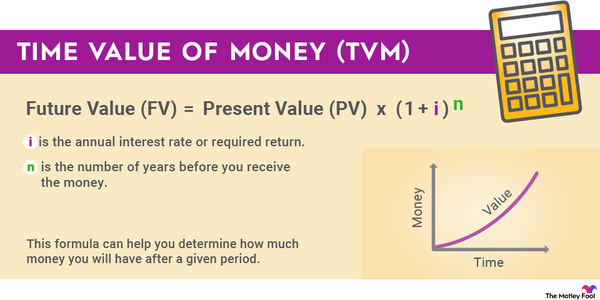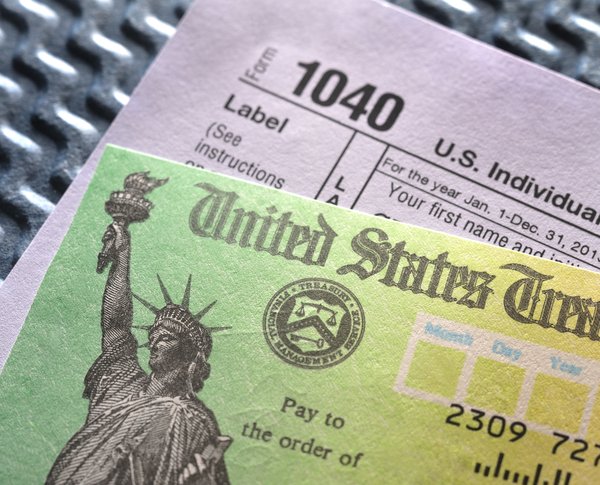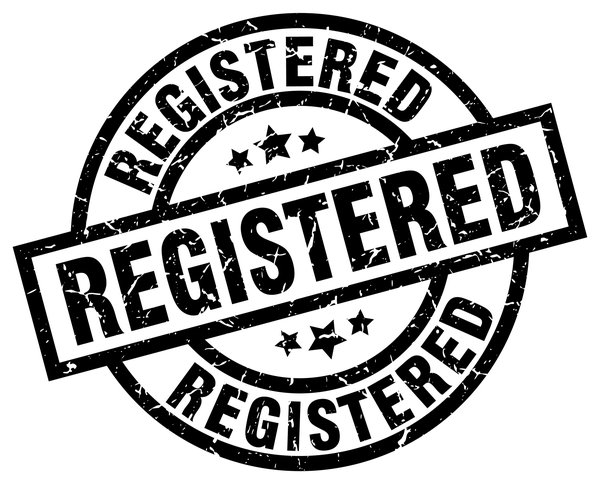The Target (TGT -0.61%) market may be the store where you pick up peanut butter and sliced bread. But "target market" is also a business marketing concept that underpins key product and brand decisions.

What is a target market?
A target market is a group of people that a business pursues as customers for a product or service. The group is defined by shared characteristics, which can be demographic, behavioral, or psychographic.
- Demographic characteristics include age, gender, income, education level, marital status, and occupation.
- Behavioral characteristics usually describe lifestyle choices, such as owning a house, running three or more times a week, or traveling internationally every year. Lifestyle changes can also fit into this category. Examples include people who have recently married, divorced, bought a home, or graduated from college.
- Psychographic characteristics are the beliefs, attitudes, and values that drive behavior.
Product teams use target markets as shared definitions of the people who are most likely to buy a specific product or service. A thorough understanding of an audience enables better product decisions and more compelling marketing programs.
The benefits of defining a target market
A tightly defined target market encourages decision-makers to set aside their personal preferences and adopt the mindset of prospective customers. That mindset should guide strategic decisions on product design, packaging, pricing, distribution strategy, and marketing. Rather than ask, "Which way is best," product teams can use their defined target market to ask, "Which way resonates best with our customer?"
As a simple example, a beauty cream designed for affluent women older than 50 would not carry a budget price tag or be sold in a dollar store. Given the audience, a hefty price tag and limited availability through high-end salons would be more appropriate.
Defining a target market also supports more efficient marketing spending. Marketing teams can't possibly pursue every channel available. They must focus on programs that are most likely to reach the right customer. They can only do that when they identify the right customer.
How to identify a target market
Broad definitions of the target market will arise as the product is being developed. A company that makes trip-routing software for people who drive RVs, for example, knows its product will be used by campers. Likewise, a company that's developing a new type of roofing material expects to market to builders.
The next step is to narrow those broad customer descriptions. Continuing with our examples, not every camper or every builder will see value in these new products. To theorize on who would see the value, marketers analyze customer pain points, the new product's benefits, and how it improves on existing solutions.
Theories are validated through product testing, surveys, marketing data, and customer data.
- Product testing allows different groups of people to use the product and provide feedback.
- Surveys gather feedback from different groups of people on the product's value proposition, features, and benefits.
- Marketing data shows who's being reached by marketing efforts and who's responding.
- Customer data defines who's using the product, how much they spend on it, and how often they buy it.
Target Marketing for Growth: Dave's Hot Chicken
Dave's Hot Chicken started as a parking lot pop-up restaurant in 2017. Today, the chain has 120 brick-and-mortar locations in the U.S., Canada, Qatar, and the United Arab Emirates -- with hundreds more in its pipeline. The quick ramp-up earned Dave's the title of "fastest-growing restaurant in America," based on a study by research company Technomic.
In a 2023 interview with QSR magazine, Dave's CEO Bill Phelps says the fast food chain's growth was driven by an understanding of the restaurant's target customer. Informed by social media videos of early customers at the original pop-up plus ongoing feedback, Dave's leadership team determined their target market was 15- to 30-year-old males who appreciate good food, affordability, authenticity, and edginess.
The customer profile informs the menu, store design, and advertising campaigns:
- Menu: The menu is focused on chicken tenders, chicken sandwiches, and a handful of sides. But customers have their choice of spice levels -- ranging from no spice to the ultra-hot "Reaper," which is only served to customers who sign a waiver. Prices for sides, tenders, sandwiches, and meals range from about $3.50 to $15.
- Store design: The chain's first brick-and-mortar location was decorated by local street artists. To replicate the edgy vibe without losing authenticity, subsequent locations feature entirely unique artwork in a similar style.
- Advertising: Dave's recently launched national ad campaign features the morbidly funny slogan, "Don't die before you try it."
Dave's also has a roster of brand-appropriate celebrity fans and investors, including Drake, Usher, Samuel Jackson, and Boston Red Sox Chairman Tom Werner.
Understanding the target customer enabled the folks behind Dave's Hot Chicken to build and maintain a brand that people love -- even as the company grew from a cool parking lot pop-up to a global franchise.


































